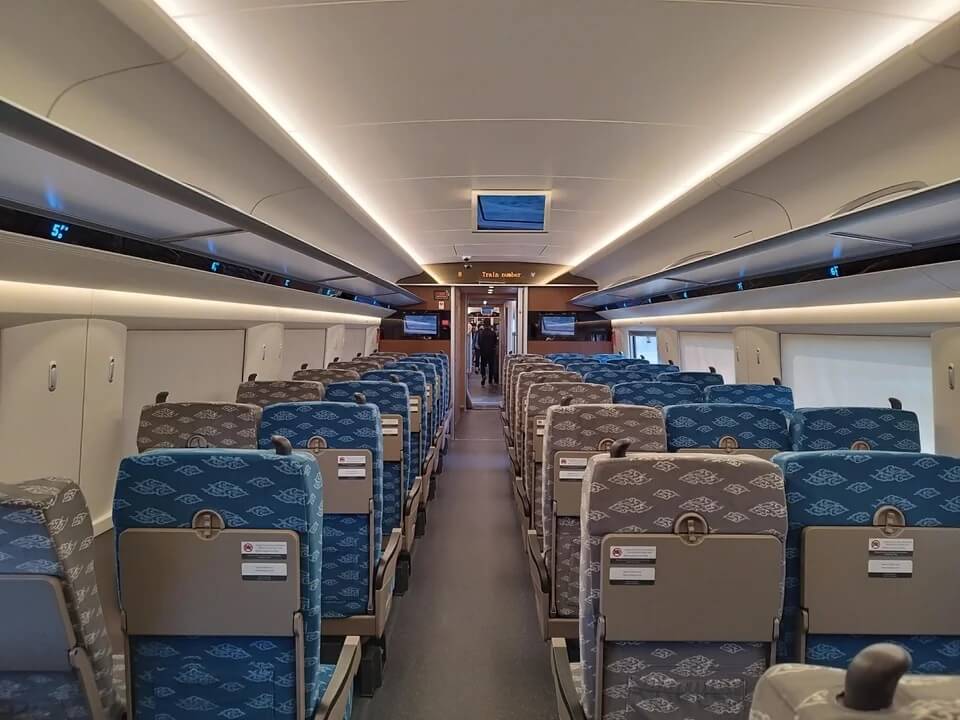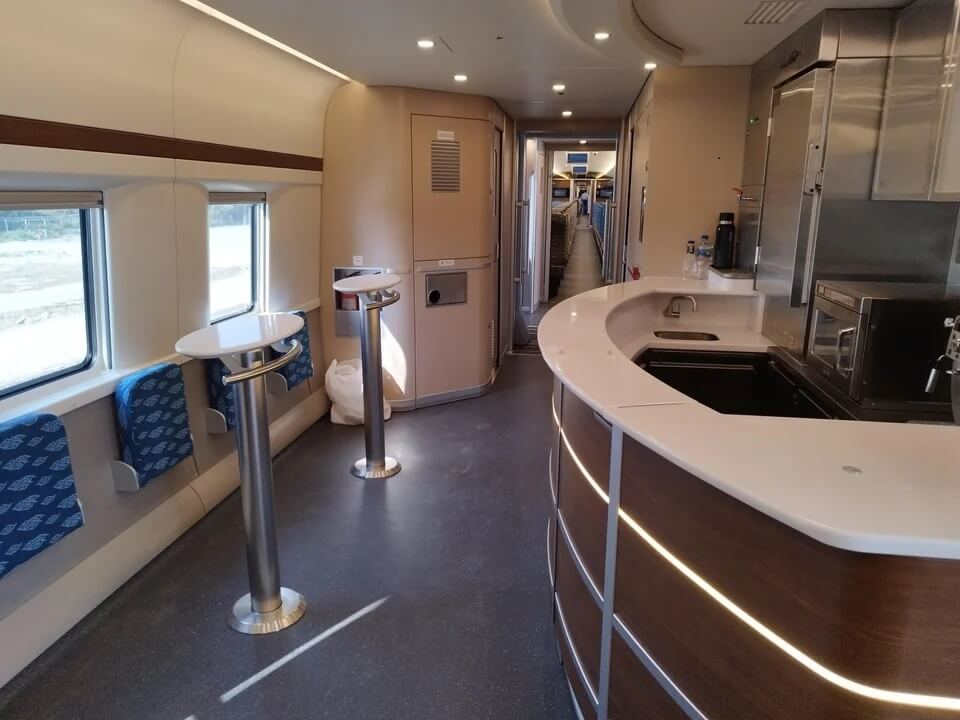China's high-speed rail takeover has moved into Southeast Asia.
Indonesia launched the first bullet train in the region on Oct. 2, and one passenger was particularly enthused.
The Redditor shared their experience and a handful of photos on the r/transit forum.
"I went from Tegalluar station in Bandung to Halim station in Jakarta on the economy class," the poster wrote. "The entire journey took about 44 minutes (for comparison, the regular train takes about 3 hours between the two cities). Sadly I didn't have the chance to check out the VIP and Business classes."
One photo showed the train traveling at 339 kilometers per hour, or more than 210 miles per hour. The cities are about 120 kilometers, or about 75 miles, apart as the crow flies.
Other shots featured a sleek silver-and-red transporter with a spacious interior.
Save $10,000 on solar panels without even sharing your phone number Want to go solar but not sure who to trust? EnergySage has your back with free and transparent quotes from fully vetted providers that can help you save as much as $10k on installation. To get started, just answer a few questions about your home — no phone number required. Within a day or two, EnergySage will email you the best local options for your needs, and their expert advisers can help you compare quotes and pick a winner. |
"God I hope Amtrak can get the HSR line in Texas built so I can know what this is like," one user said, very likely referring to a Houston-to-Dallas high-speed rail project long beset by problems. "Kudos to Indonesia for beating the USA to having modern, world class high speed passenger rail service."


The railway — dubbed "WHOOSH," from "Waktu Hemat, Operasi Optimal, Sistem Handal," for "timesaving, optimal operation, reliable system" — is 142 kilometers (88 miles) long and cost $7.3 billion, per the Associated Press. It was constructed as part of China's global Belt and Road infrastructure initiative, and there are plans for it to extend 750 kilometers (466 miles) across Java to Surabaya.
CNN reported it does not produce any direct carbon pollution and runs on electricity. The trains also have a safety system to account for earthquakes, floods, and other emergencies.
Jakarta was recently named the world's most polluted city, and transportation accounts for 44% of its air pollution. Residents of Indonesia, home to an estimated 278 million people as of mid-October, have their life expectancy shortened by an average of about two years because of air pollution, based on an Air Quality Life Index report.
TCD Picks » Upway Spotlight
💡Upway makes it easy to find discounts of up to 60% on premium e-bike brands
It took since 2016 to build the high-speed rail because of delays and the coronavirus pandemic. The construction worsened air quality, clogged canals, and damaged homes along the route, Radio Free Asia reported.
Its cost has led to fears about the country's debt load, according to CNBC, though the line is also expected to boost the Indonesian economy. The trains have to be used in order for environmental benefits to be realized.
"While electric trains reduce energy consumption and pollution compared to cars and diesel trains, underutilized trains may be less cost-effective," CNBC reports.
"Good job Indonesia," one commenter on the Reddit post wrote. "Let's hope the network expands over the whole Java island, I think the population density is really calling for it."
Another replied: "Planning for Phase 2 from Bandung to Surabaya would be a great thing."
Join our free newsletter for weekly updates on the coolest innovations improving our lives and saving our planet.















